Cavemen: why thousands of Chinese still live in caves
Categories: Asia | Design and Architecture
By Pictolic https://pictolic.com/article/cavemen-why-thousands-of-chinese-still-live-in-caves.htmlIn some parts of Central China are still living tradition to dig homes in the ground. For example, the city Sanmeng in Henan province consists entirely of such structures. The reluctance of residents to leave the centuries-old way is due not only to the fact that the underground neighborhoods attract crowds of tourists.
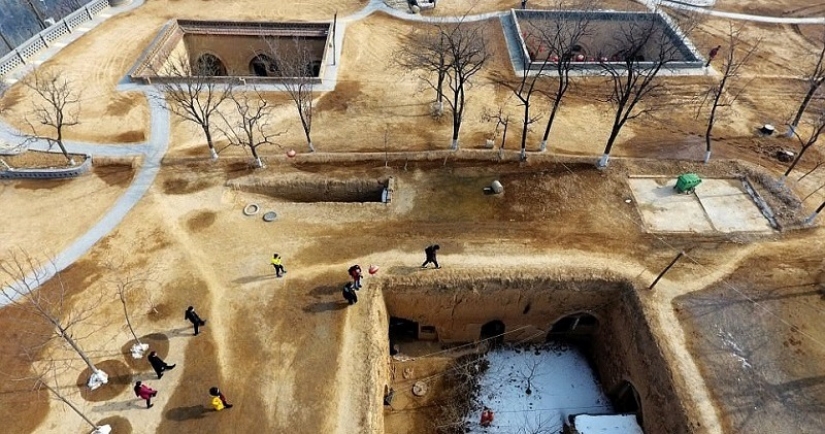
The history of the houses yaogun ("cave houses") can be traced back to the bronze age, when the Chinese lived in the deep pits and dugouts. Much later, during the Ming Empire, these buildings have acquired a modern look. Appeared square and rectangular courtyards, shared by several apartments.
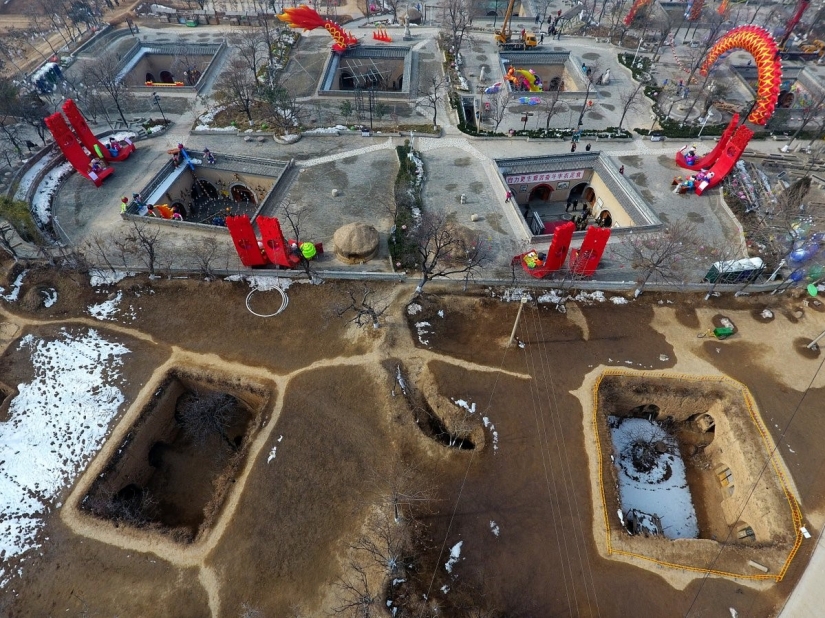
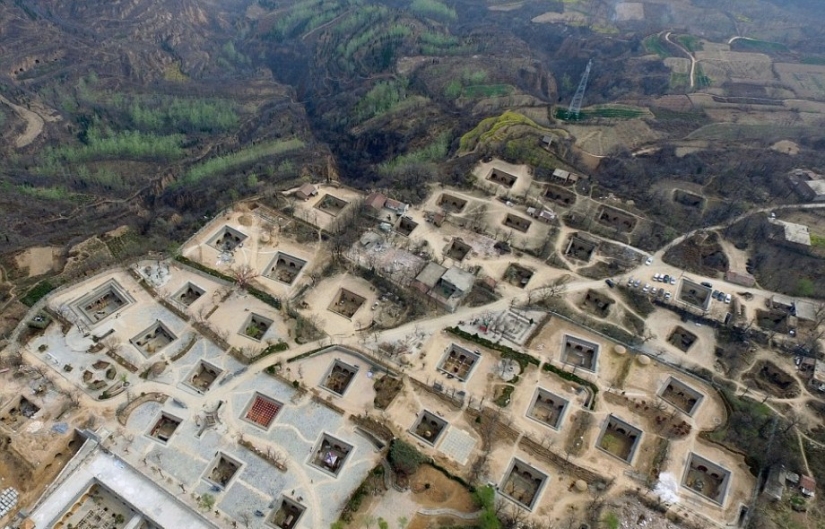
In 2011, the residential neighborhoods in the city Sanmeng was included in the list of intangible cultural heritage of China and are currently under state protection. House dug into the hillside, go under the ground to a depth of 6 to 11 meters. The main advantage is energy efficiency. In summer even at noon the temperature in houses does not rise above 20 degrees and in winter does not fall below 8-10. For agricultural district this factor is important in the XXI century.
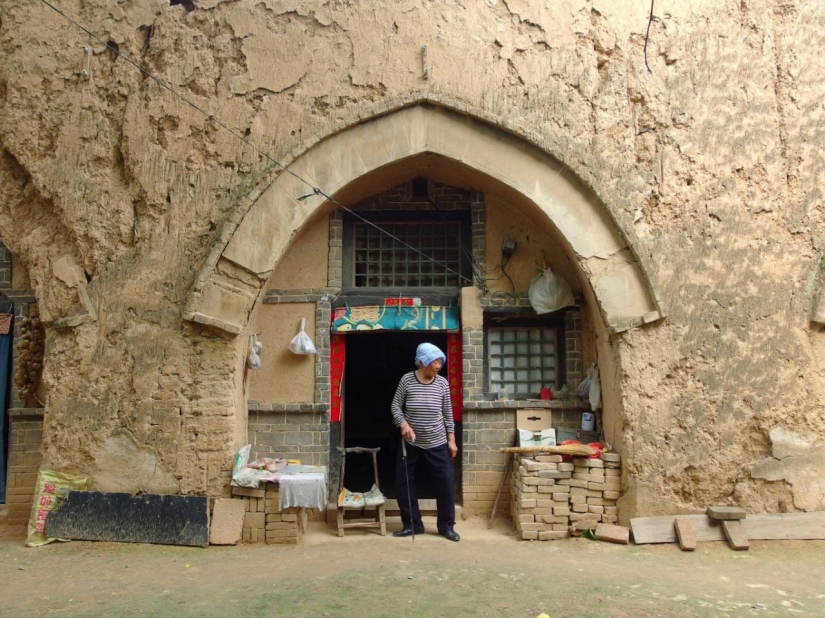
Now most of the houses in Sanmeng upgraded, they summed up communication plumbing and electricity. Of course, with a decent view are those of aduno where tourists. All those who wish to not only sightsee, but to stay here. Month stay in a "room" without facilities will cost $ 30.
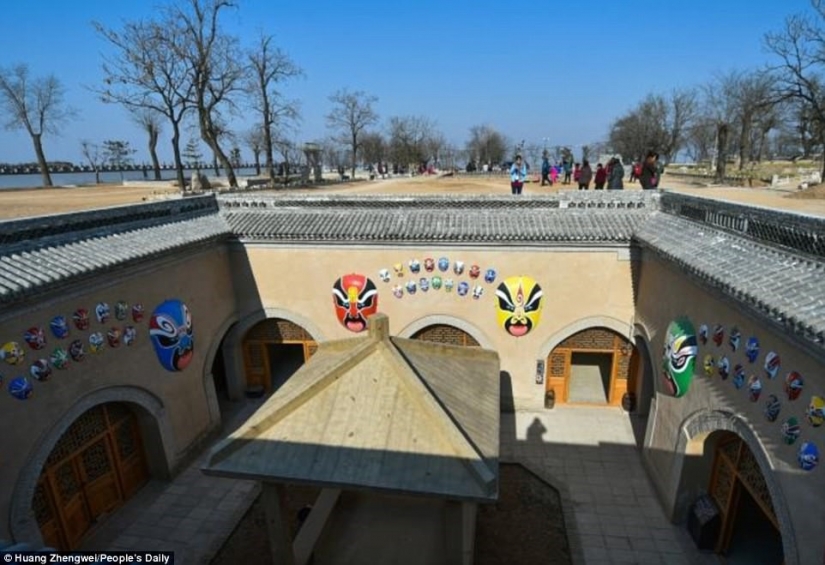
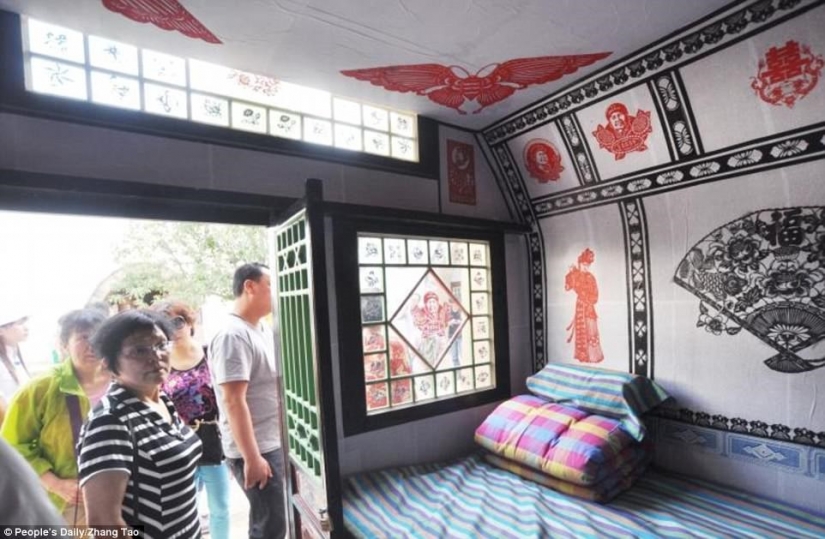
However, there are many authentic houses, which are still inhabited. "In atune always warm and good, — says a local resident Zhang Jizzum. Here my grandfather lived here, my grandchildren were born. Our family takes eight younow. It is very convenient: when the family expands, just swarm a new home".
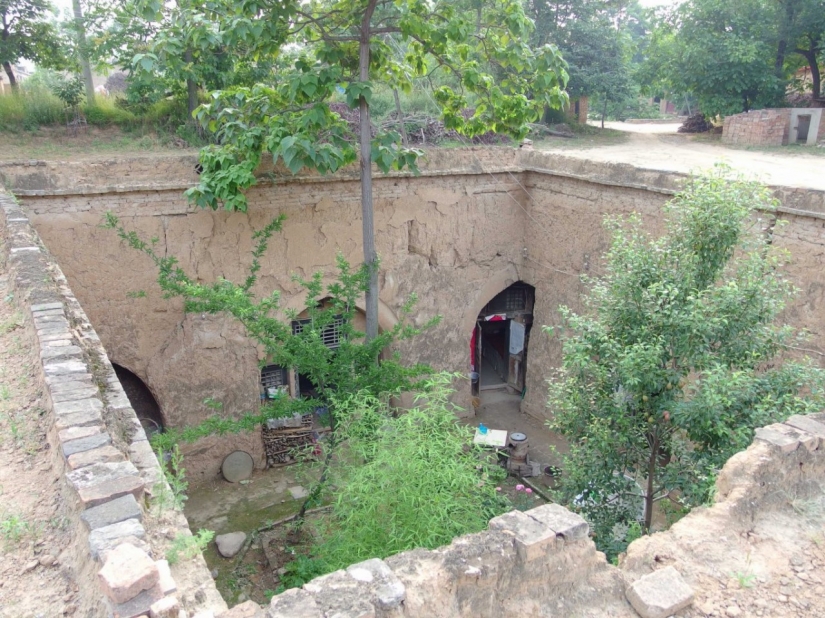
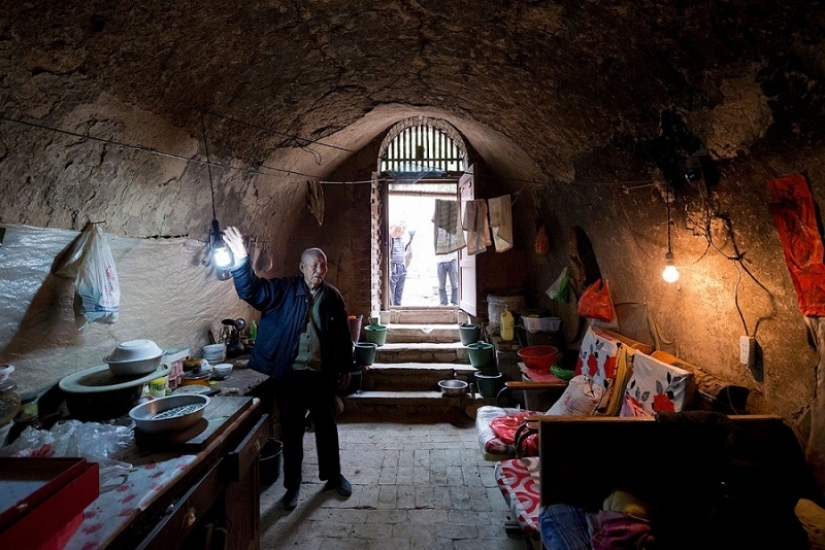

Keywords: City | China | Tradition
Post News ArticleRecent articles

Discussions have been going on about the origin of the Americans' nickname "Yankee" for a very long time. There are many versions, ...

The Mongols seized in the 13th and 14th centuries, a large part of the Eurasian continent, was a force which could not to resist ...
Related articles

The formation of Russian names occurred centuries under the influence of many factors and cultures. Despite this, our imenoslov ...

If you like peace and privacy, it is unlikely that you will choose a metropolis, going on vacation. Especially when in the world ...

We are accustomed to the fact that on the packaging of tea, write "loose" and rarely think about what the word means. Meanwhile, ...

The next time you're at a dinner party and someone lays out different nuts, take a moment and let everyone know that many of the ...